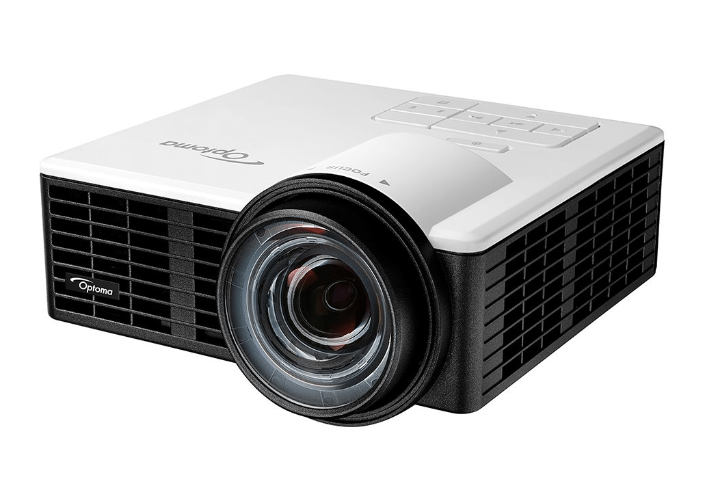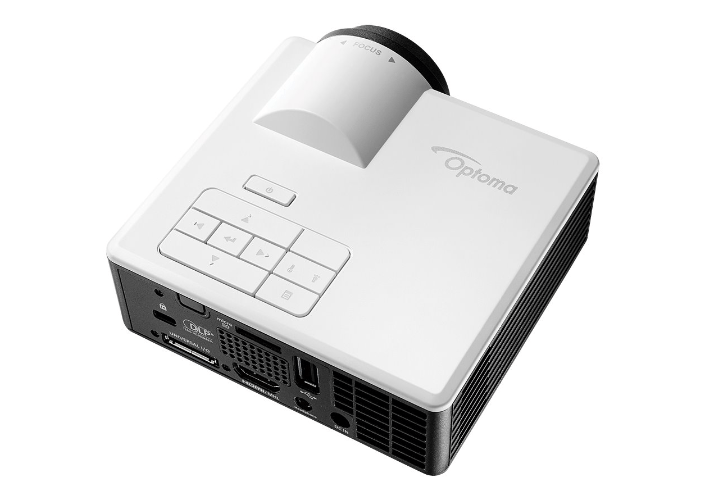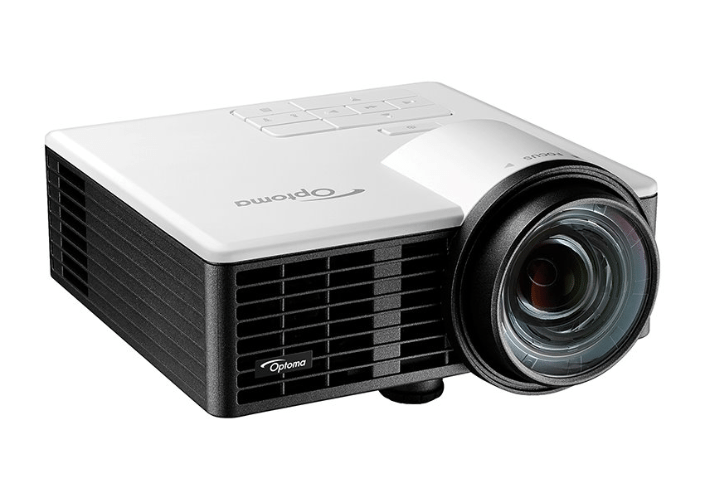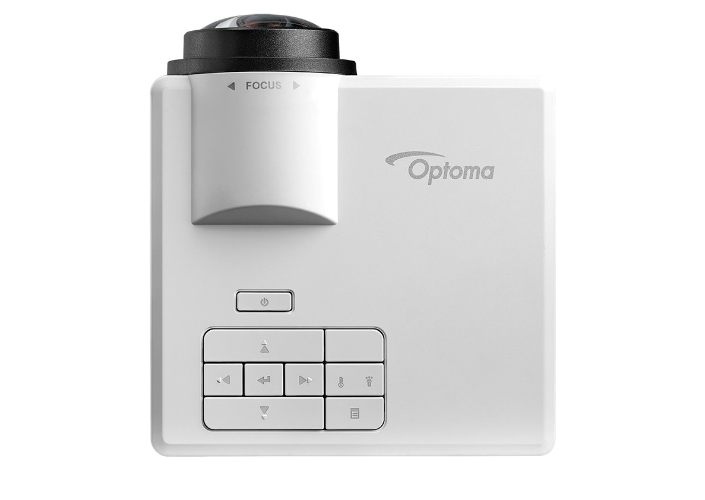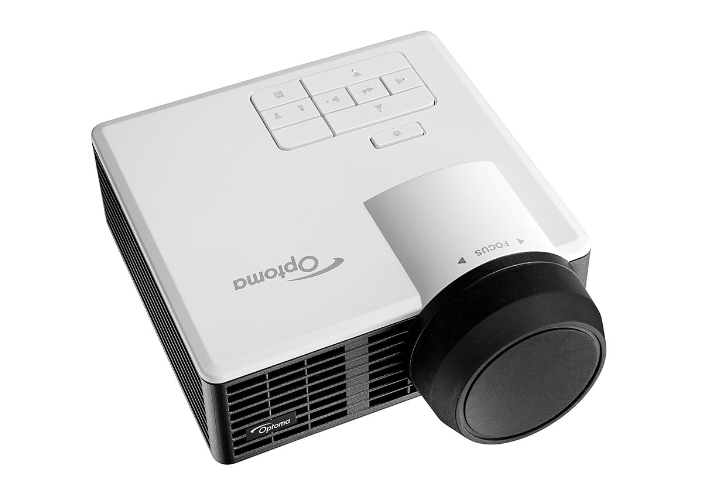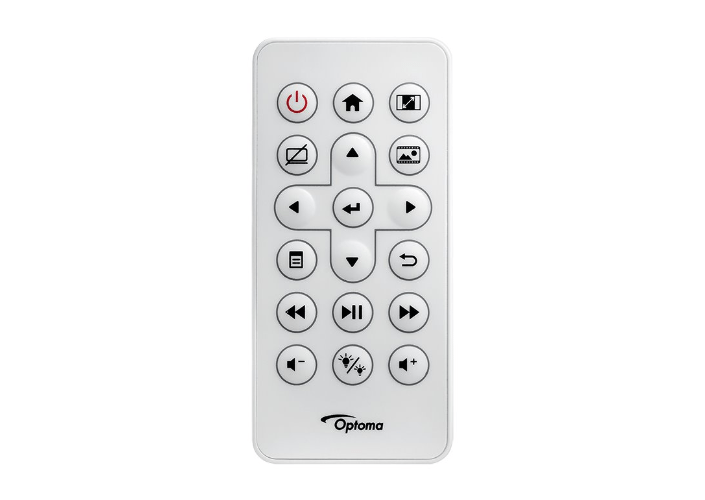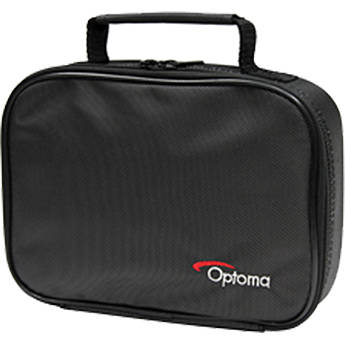Wait... Millennials and Projectors?
I know, it's not the most intuitive combination, given that "millennial" is almost synonymous with "streaming content on screens the size of credit cards." I'll admit, I was definitely skeptical at first--how could a projector, those things my dad reviews, actually fit into my mobile, busy, on-a-budget life? Well, it turns out that having a projector has been one of the best things to happen to my living situation.
When I moved into my new (really small) apartment in New York City, I realized I didn’t have the proper setup for a TV—my front door swings all the way open, so it could easily hit the wall that the TV would go on. I was stumped… Was I stuck without a TV? Then I remembered that, luckily, Art Feierman is my father and surely we could come up with a creative alternative...
As a millennial, I was used to viewing content in one of two extreme ways: 1) Watching in darkened college TV rooms or pricey movie theaters, which meant surround sound, larger screens, and total darkness, or 2) streaming movies and TV shows on my MacBook Air in bed in college, with less than perfect audio, an unreliable WiFi connection, and a constant slew of distractions...
So in my real adult NYC apartment, I wanted something that would conveniently fit my mobile lifestyle, but had the quality of something more grownup. And I didn't want to have to keep passing the laptop back and forth between my roommate and I while surfing the web or watching Netflix. That's no fun.
What to Expect with this Series
In parts 1 and two of this series, we covered using the ML750, the ML750ST's non-short throw sibling, for TV, movies, business, and education purposes! In this installment (and the next to come), we'll do the same for the ML750ST. We'll start with the most obvious use for a young person: watching movies and TV!
We wish to thank Epson America for sponsoring this year's Best Classroom Projectors report, in which this projector is considered.
// <![CDATA[
document.write('');
// ]]>
Capabilities and Setup
As a 24 year old person, on a budget, living in debatably the most expensive city in America, there was no way I was paying for cable. But thanks to the ML750ST’s connectivity, I don’t miss it at all. It has inputs for Universal I/O (VGA), HDMI with MHL, microSD and USB. Sound like jibberish? Basically it means I can stream content from a number of sources a number of ways! I can hook up my laptop with a VGA adapter or an HDMI cable, I can pop my Olympus DSLR camera’s microSD memory card in to show a slideshow of photos, and I can plug my boyfriend’s Chromecast right into the USB slot. Theoretically, you can use anything from a desktop or a smart phone to a Bu-Ray player or an Xbox with this guy. Talk about versatility.
Setting up the ML750ST could not be easier. It comes in this great soft carrying case which, surprisingly, fits right in my tote bag/large purse. All the cables (power cable, Universal I/O cable) are also inside the case, along with the tiny credit card-sized remote control (awesome touch, makes me feel like more of a grownup with a real entertainment system).
It comes with a Quick Start card to guide you through the process, but for most tech-savvy young people, it’s so intuitive you won’t need it. Plug the power cable with the brick into the DC in connector on the back of the projector, then plug the Mickey Mouse power cord into the power brick, then plug into your wall socket. Once you’re connected, the little power button on top of the projector should flash a dim red, to show it is receiving energy. If you hit the power button, it’ll turn blue and the projector will power up. 3-5 seconds later, you’ll see the screen light up with the Optoma logo, and within another 5, you’ll be all powered up. Then, depending on what you’re projecting, get going with your microSD, USB, HDMI, Universal I/O, etc.
The ML750ST has an adjustable focus, so you can make sure the picture is as sharp as can be. When I had the ML750, I occasionally noticed that, despite focusing the projector to be crystal clear, I'd find the picture to still be a little fuzzy around the edges of the screen. But with the ML750ST, I have not encountered that problem. Crisp all the way to the edge!
Speaking of things that can distract from your image, the ML750ST has vertical keystone correction to combat any warping to your image that may result from projecting on an angle. Basically, if you’re pointing your projector against your screen/wall in any way except head-on, the shape can get distorted. You you can use the keystone correction to help balance the image out into a more typical rectangular shape. Unlike the ML750, the ML750ST's vertical keystone correction is AUTOMATIC, so the image will actually "jump," or adjust itself if the picture is too warped. Awesome feature to have.

